DSPeaker Anti-Mode 2.0 Dual Core
Contents
What’s interesting is that this DSPeaker preamp used with the LSA-10 Statement has a built-in room calibration system with tone controls. This means fewer cables, less rack space, and a more “to the point” delivery of corrected sound. Intriguing.
From my experience, room correction seems a bit hit or miss. Sometimes they’ll correct one thing but take away from another. Even add artifacts and distortion with random tracks. I’ve done some parametric EQ’ing with Roon and REW – and have always run into issues.

History
This device was released back in 2012 – but it still works like a champ. The only thing I find a bit odd is the mini-USB port – which I haven’t seen for a long time. Nevertheless, it has no problems being connected and detected on the Innuos server. It also works fine with Roon.
You could tell this product was a work of passion – just take a look at the manual. This thing is packed with features including tone controls, a parametric equalizer, high/lowpass adjuster, and the ability to accept an analog input signal. This means if you enjoy using your own DAC but want to make a few touches to the sound before it his the amp – you could do that digitally. Pretty…damn…cool.
Calibration
Calibration was straight forward: I hook everything up, aim the microphone (pointed forward) between the speakers, go to the calibration menu, and hit OK after adjusting for the proper volume. The only thing I didn’t expect was how long it would take. I think each session was about 10 minutes. More than enough time to pull a shot of espresso – and finish it 🙂
At the end of the calibration, you’re presented with a “before and after” frequency response graph. What’s even more awesome is that you could bypass the correction for easy A/B-ing from the remote. In addition, you could even adjust the bass or treble (+/-6) post calibration. Neat!
So how did this room correction perform?
Well, first the differences were very obvious when going between the calibrated and uncalibrated modes. At first blush, you’ll notice how much more laser-focused and quiet the corrected profile sounds. This was probably what I heard with the LSA-10 Signature at AXPONA 2019. The uncorrected profile sounded flatter and fuzzier around the edges. Placement wasn’t nearly as precise – and it wasn’t subtle either.
The second thing that’s apparent is how much smoother and more solid it sounded. There’s immediate confidence in the sound. Instruments and voices had more shape and body whereas the alternative was a more “static image.” It’s also more controlled as opposed to splashy. Even when the treble and bass are adjusted post-calibration – the sound remains clean, crisp, and snappy. Transients are accurately timed with better coherence and the music layers out more dimensionally. It’s just more effortless and airy. In essence, it sounds like an upgraded DAC.
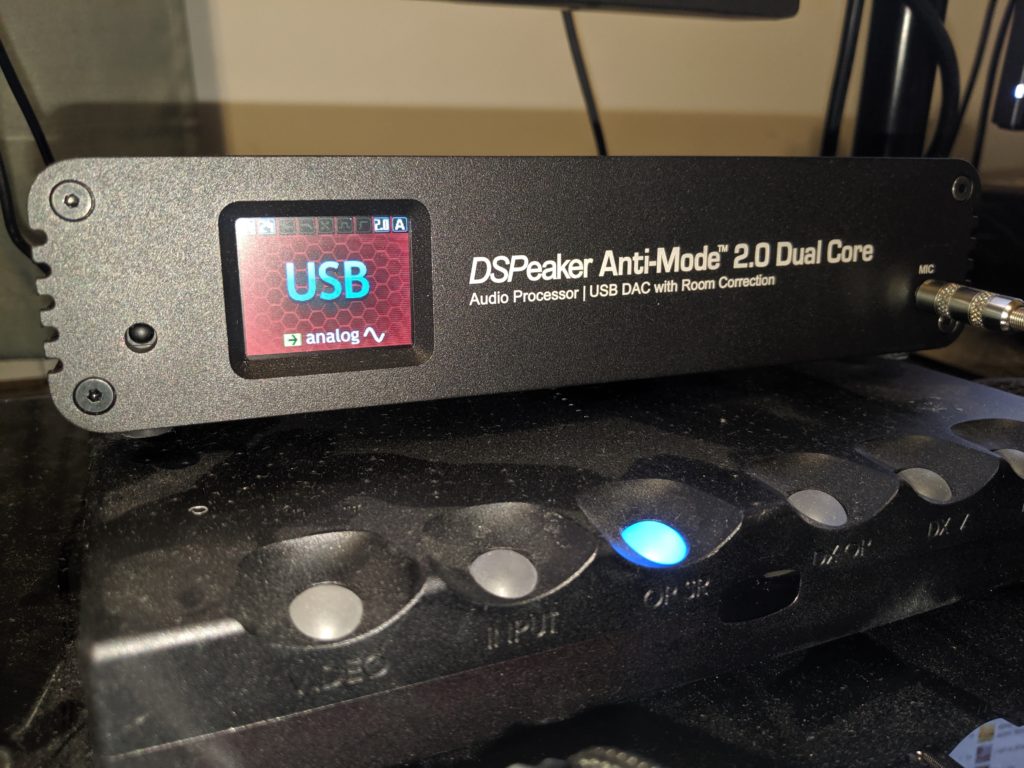
The Trade-off
The tradeoff is that the tone is cooler. Instead of a warmblooded sound – it focuses more on transparency and precision. There’s also less meaty (but more detail) presence in the lower midrange and bass region. However, bumping up the bass in calibrated mode does help to bring up more grunt and sub-bass exertion.
Now there is this neat feature called “compensation” that I didn’t get to spend much time with. This allows you to adjust the overall bass level throughput – which you could adjust up to 500 Hz. It does take about 20 minutes to do the calibration but this should adjust for a warmer tone with more bass. In combination with the parametric equalizer and tone controls – this devices transforms into a tilt control. I’ll update this review once I’ve played around with it a little bit more with the Chord DAVE.
Heavily Customizable Room Correction
In the end, this room correction system provides all the controls that allow the listener to adjust to taste. There are also four memory slots where you could access any of your settings with a push of a button (A, B, C, D on the remote). A pretty versatile piece of equipment.
The basic calibration was already able to peel away a veil and impart something that’s much more refined. I ended up cutting treble by 2 and boosting bass by 2 (personal preference). If I wanted to tune further – I could do that with the built-in parametric equalizer. The DSPeaker is just an overall flexible system to tune to one’s liking. Especially when you have such an amazing baseline to start with (LSA-10 Statement & EP-100.2SE).

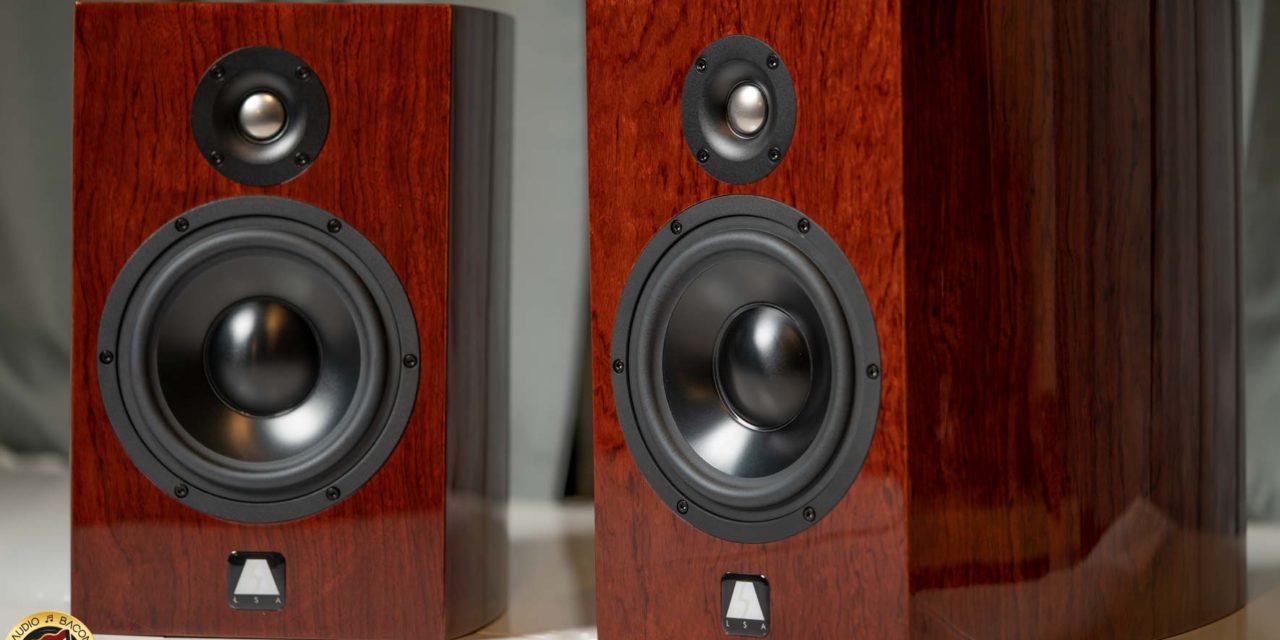











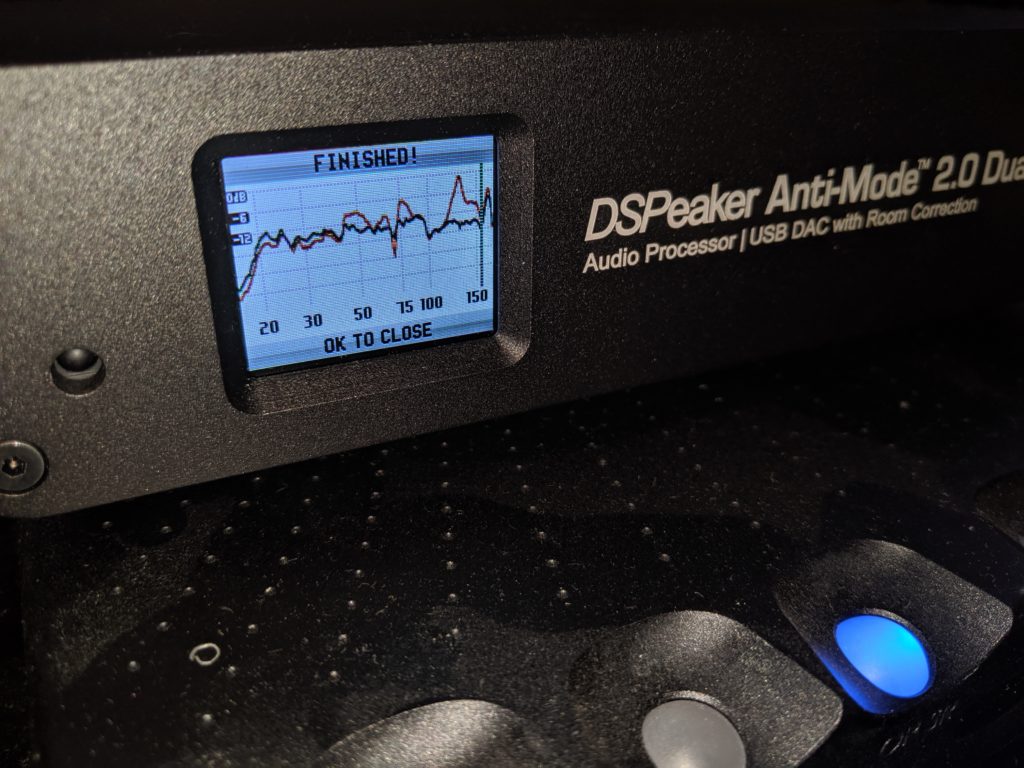
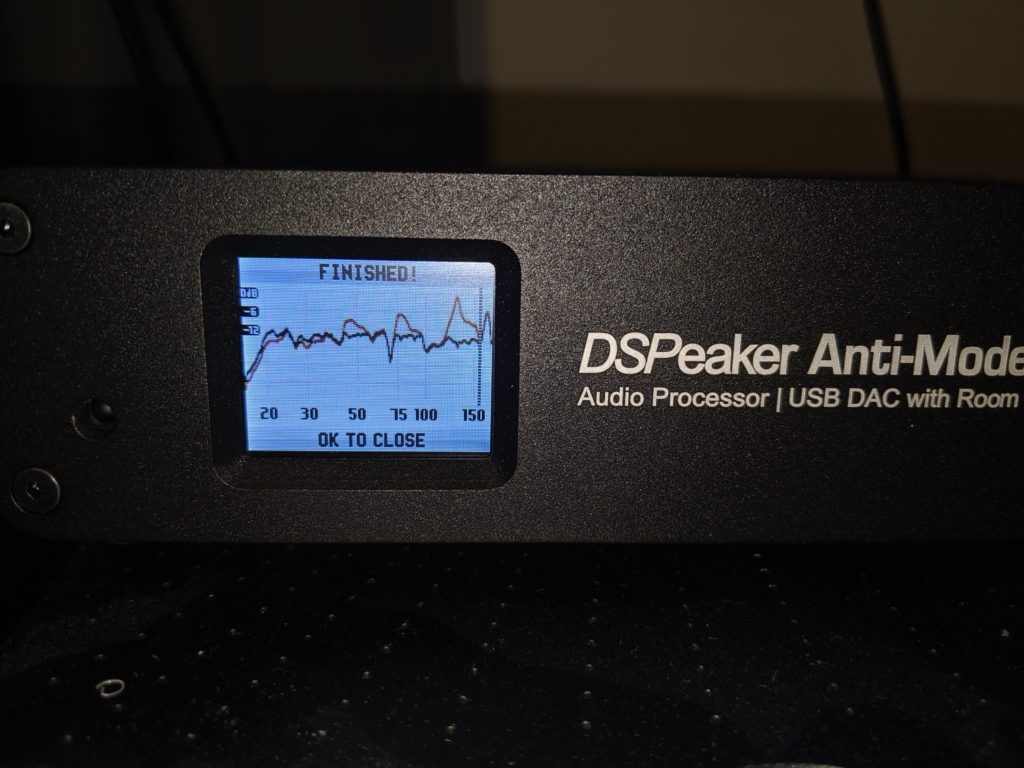



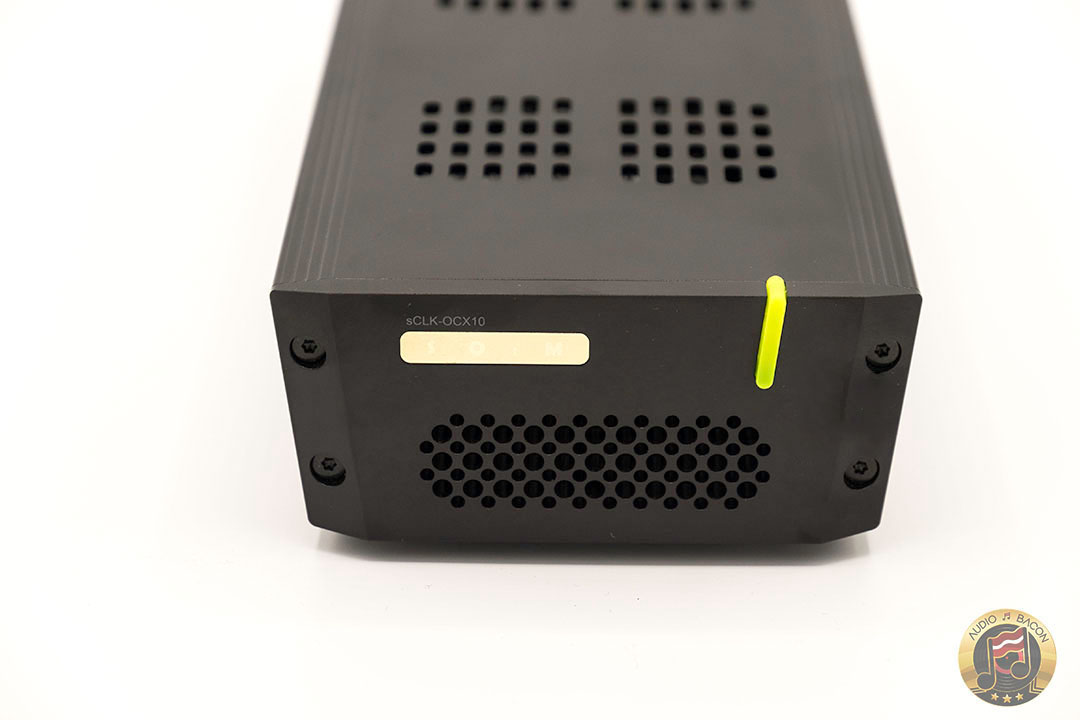



Great review, always enjoy your description of the sound you hear and the choice of music too.
Does that mean you’re getting rid of your ATCs? Hope not. 🙂
I’m flattered. Thank you. Nah, I’m just moving the ATC and TToby into another room. I would’ve auditioned the larger (active) ATCs, but they were too wide for my desk. For now…these LSA-10 Statements ROCK. The price doesn’t even make sense.
LSA 10 system sounds impressive and great value too, that’s a rare combination.
The smallest active ATC is the ATC SCM10SE Anniversary, which were designed for the 70th birthday of the ATC founder Bill Woodman.
I’m a very lucky and happy owner of the ATC flagship ATC EL 150A.
Keep up the good work, Jay.
Walter might be the single nicest guy in hi fi. And I know he’s been working on these a long time. I’ll bet they are just stunning.
Hello Jay,
Can you say something about the differences between the statement and signature. What does the Statement bring extra to the table?
Best regards
G
Great review! I’ve been a long time LSA fan. Heard the LSA 1 Signature years ago at CES, being powered by their LSA Signature integrated.
Based on that sound I purchased the LSA 1 Statements, and have been extremely happy with them. Any chance you’ve heard the previous line compared to the current one? I’d love to have a compelling reason to upgrade from the old Statements to the new ones, but I haven’t been able to hear the new version yet. Thank you for any insight.
The comments about this speaker remind me of the audio press reaction to the Totem Model 1 and, especially, the Mani 2. Sounds like a giant killer.
Hi, I enjoyed the review. I was surprised you had these working well on your desktop. Im very curious about how far from the wall you had them? Thanks